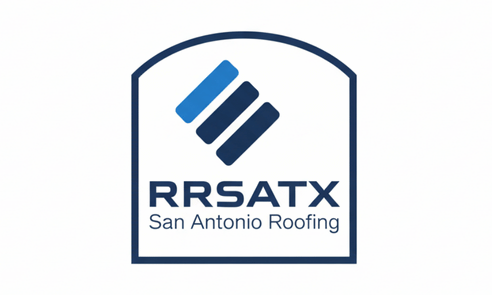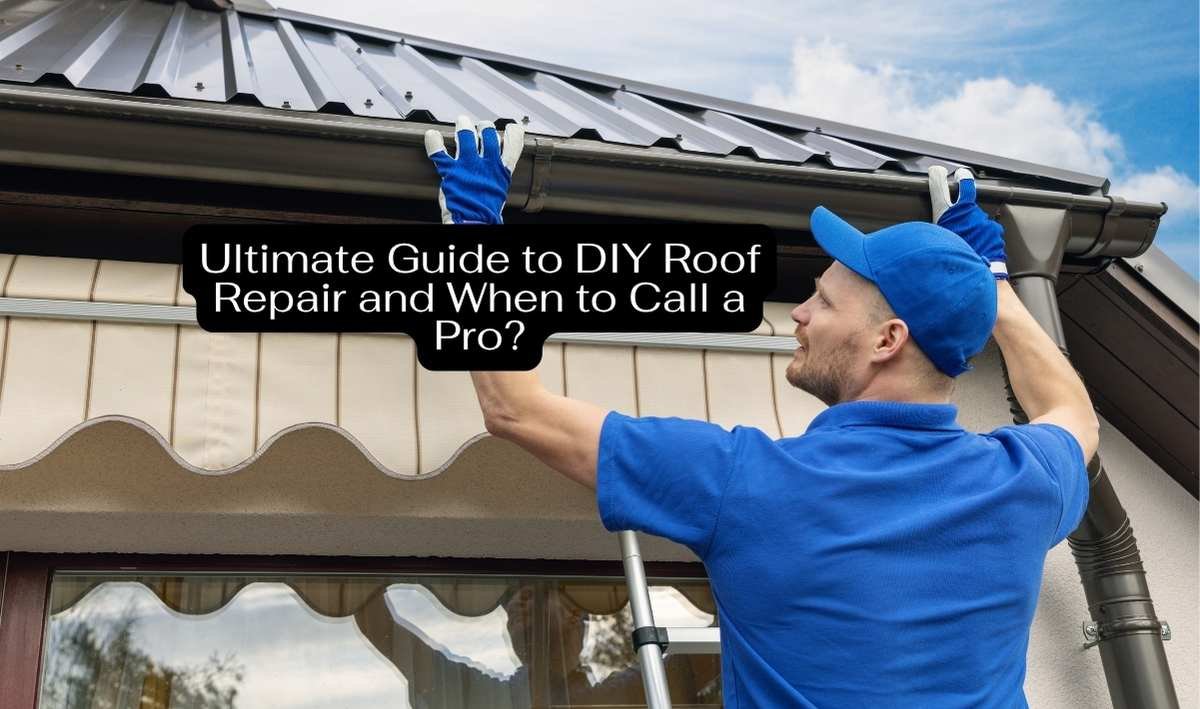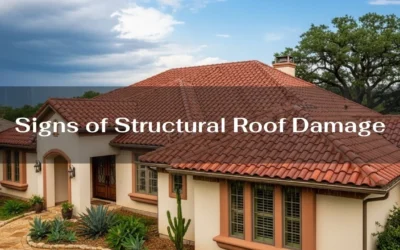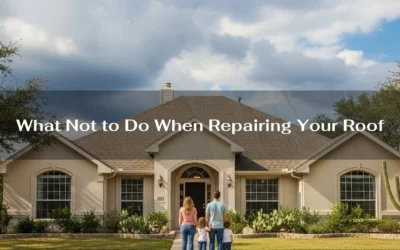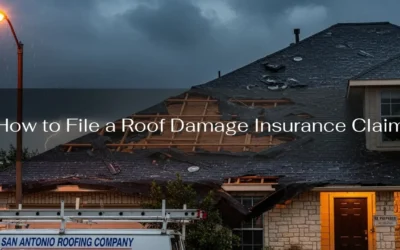| Scenario (DIY) |
Tools Needed |
When to Call a Pro |
| Replacing a few damaged shingles |
Hammer, roofing nails, utility knife, roofing cement |
Any work on a steep roof or at high heights. |
| Sealing small cracks in flashing |
Roofing cement, caulking gun, putty knife |
Large leaks, water stains on ceilings, or sagging. |
| Cleaning gutters of debris |
Gloves, ladder, a bucket or bag |
Visible signs of a sagging roof or structural damage. |
| Applying a new coat of sealant to a flat roof |
Roller, bucket, sealant |
If leaks or sagging persist after simple, minor repairs. |
How to Safely Inspect Your Roof
Before you attempt any repair, a thorough inspection is necessary. Safety is the most important thing, so follow these steps carefully.
- Use Binoculars First: From the ground, use binoculars to scan the entire roof for any obvious damage like missing shingles or dents.
- Check the Attic: Look for signs of water stains, mold, or streaks of daylight coming through the roof deck. These are clear indicators of a leak.
- Use a Sturdy Ladder: If you need to go on the roof, ensure your ladder is placed on a flat, stable surface. Have someone hold the ladder if possible.
- Walk Carefully: Walk on the strongest parts of the roof, avoiding walking on wet or frosted areas. Distribute your weight evenly and avoid stepping on soft spots.
- Document Everything: Take photos of any potential damage. These photos can be helpful if you decide to call a roofer for a quote later.
A Step-by-Step Guide to Replacing a Shingle
For a minor repair like a single damaged shingle, you can often do it yourself.
Step 1: Gather Your Tools
You will need a hammer, roofing nails, a new shingle that matches the rest of your roof, a pry bar, and a utility knife.
Step 2: Remove the Old Shingle
Gently lift the edges of the shingles above the damaged one. Use your pry bar to carefully pull out the nails holding the old shingle in place. Once all the nails are removed, slide the damaged shingle out.
Step 3: Install the New Shingle
Slide the new shingle into the open space, making sure it aligns perfectly with the surrounding shingles. Fasten it with new roofing nails, covering the nail heads with a bit of roofing cement for extra protection against moisture.
Frequently Asked Questions (FAQ) about Roof Repair
Q: How much does a new roof cost?
A: The cost of a new roof varies widely based on location, materials, and complexity, but typically ranges from $5,000 to $15,000.
Q: How often should I inspect my roof?
A: You should inspect your roof at least twice a year—in the spring and fall—and after any major storms with high winds or hail.
Q: What are the signs of a serious roof problem?
A: A sagging roofline, water spots on the ceiling, a sudden increase in energy bills, and visible cracks in the decking are all signs of a serious problem that require a professional roofer’s assessment.
Conclusion: Your Roof’s Health Is an Investment
Maintaining your roof is a crucial investment in your home’s longevity. By understanding when to handle minor repairs yourself and when to call a professional, you can protect your property and ensure peace of mind for years to come.
